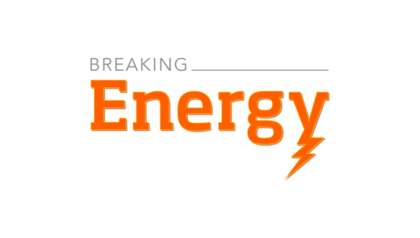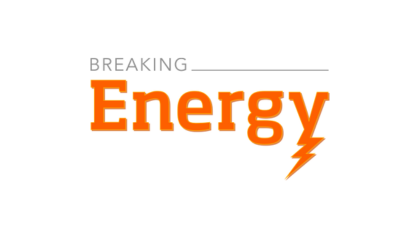
As a cleaner and more versatile energy source than traditional fossil fuels, natural gas is primed to become one of the world’s most commonly used resources. But for natural gas to realize its promise, attention must be paid to the aging infrastructure that supports it – the complex maze of millions of miles of pipeline, above and underground.
We can’t simply build new pipelines in one fell swoop. Instead, we need to use advanced inspection technology to assess pipeline integrity and prioritize infrastructure projects, helping to spread out costs. The industry should take advantage of early-warning systems that use sophisticated inspection technologies to detect the formation of minor integrity issues, like corrosion or erosion, before they compromise the system. Keep reading →









